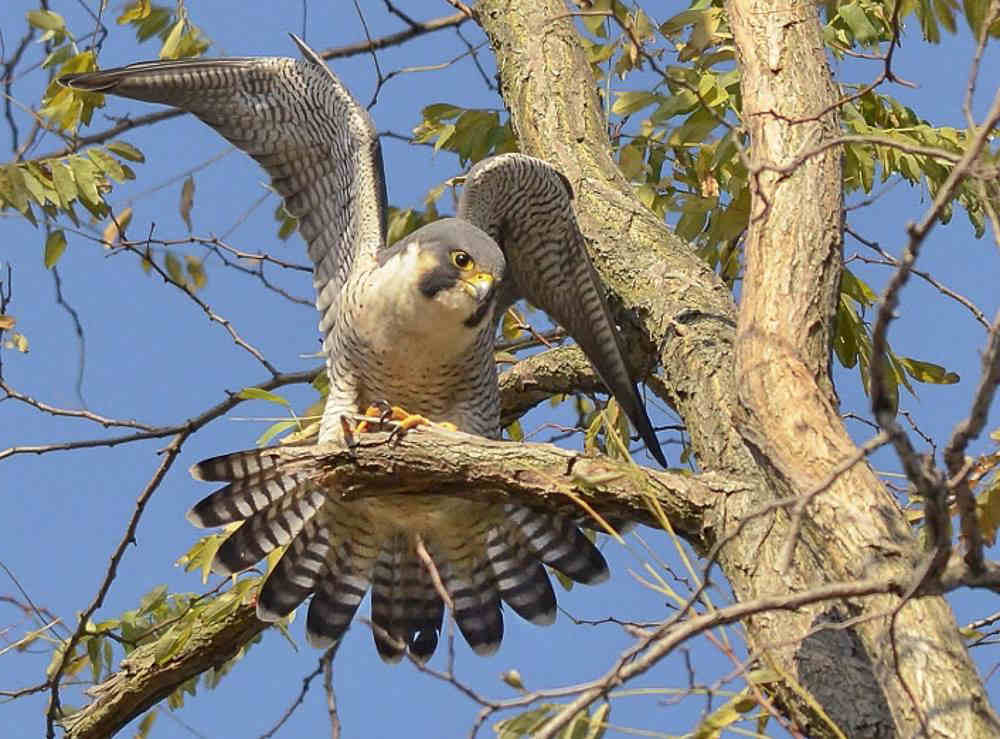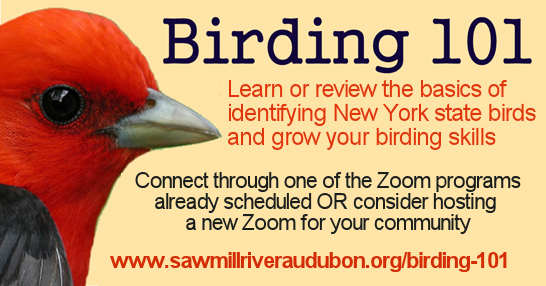birds & birding

Photo: Jeffrey Seneca
Westchester County has a rich diversity of bird life. With the Hudson River to the west and the Long Island Sound to the east, Westchester is in the middle of fall and spring migration flyways.
As of 2021, 374 species of birds have been identified in Westchester County.
With eight Audubon chapters in the lower Hudson Valley plus three bird clubs to our north, the Westchester County park system and several private wildlife sanctuaries, there are many opportunities for you to explore birding here.
come bird chat with us!
At the start of the COVID pandemic in spring 2020, we started a Bird Chat on Zoom for area birders. It remains popular with an average of 70 regional birders and bird photographers join us online twice monthly on Tuesday nights.
- Get Zoom info for Bird Chat
- Learn more about Bird Chat:
upcoming and past Bird Chat conversation guests & our format
links to find out more
-
All About Birds:
Best Guide for Bird ID & Birding - Inside Birding: Getting Started
- Citizen Science for Birders
-
Westchester County Bird List
(PDF doc)
Above doc and the link below compiled by Hudson River Audubon of Westchester - Where to Bird in Westchester County
- New York State birding resources
(PDF doc compiled by members of below group) - New York Birders FaceBook Group
come birding with us!
Saw Mill River Audubon typically offers more than 150 field trips a year to the general public, to area school classes and to community groups. Beginners are encouraged and we have classroom qualities of binoculars for free loan.
We offer Zoom-based workshop on Birding 101 and Raptors for Rookies and other birding topics. See schedule of workshops and link to registration & Zoom info. Download our Birding 101 handout for more ways to learn about birding.
Find out more about our
public field trips
and youth field trips

Photo: SMRA/Anne Swaim
helpful birding resources
We think that the Cornell Lab of Ornithology is the top resource for learning about birding, bird feeding, bird houses and more.
- Visit www.allaboutbirds.org, to link with all their birding resources
- Go deeper in your birding with Cornell’s Bird Academy with courses on raptors, sparrows, waterfowl and more.
use eBird to make a difference
Adding our bird sightings to eBird helps to track the health of bird populations and habitats. Saw Mill River Audubon records all our field trip sightings on eBird.
- Learn more about eBird here
- Visit the Westchester County eBird page to see sightings recorded in eBird by area birders — up to the last hour or so — as well as photos submitted with checklists.
how birders and birding make a difference
Birding connects us with the habitats around us and the changing seasons. Birding also helps to monitor the health of local habitats because the presence (or absence) of birds can be an indication of habitat quality. Many birders are involved in community science projects such as eBird, the NYS Breeding Bird Atlas, Christmas Bird Counts and nest box surveys.
Roger Tory Peterson, author of the first Field Guide to the Birds, noted that “the observation of birds leads inevitably to environmental awareness.”

